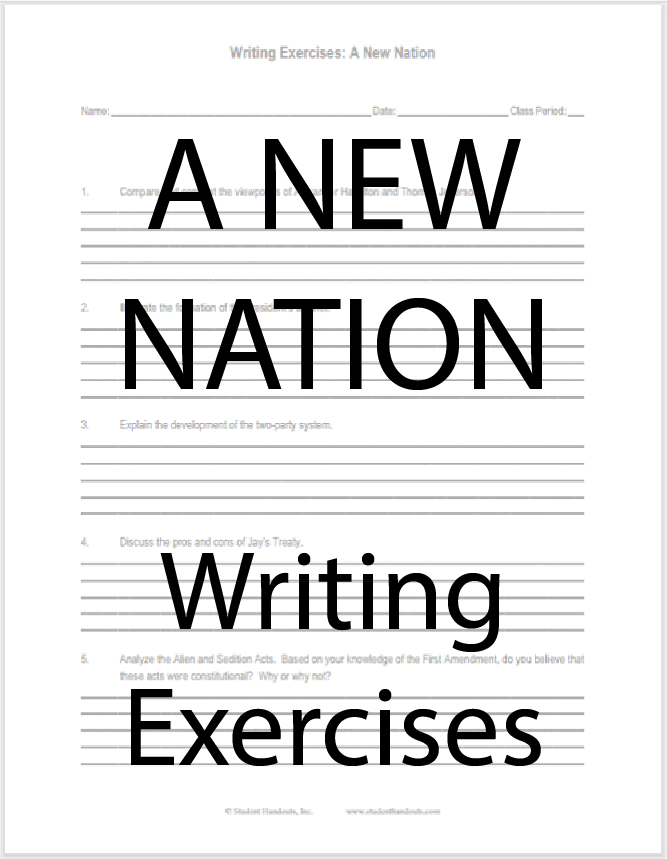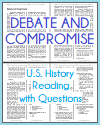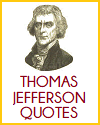| A New Nation Essay Questions |
|---|
| www.studenthandouts.com ↣ U.S. History ↣ Forming a National Government ↣ Worksheets |
 |
    |
|
Click here to print. Answers will vary. 1. compare and contrast the viewpoints of Alexander Hamilton and Thomas Jefferson. 2. Illustrate the formation of the president's cabinet. 3. Explain the development of the two-party system. 4. Discuss the pros and cons of Jay's Treaty. 5. Analyze the Alien and Sedition Acts. Based on your knowledge of the First Amendment, do you believe that these acts were constitutional? Why or why not? Jay's Treaty, officially known as the Treaty of Amity, commerce, and Navigation, was a diplomatic agreement signed between the United States and Great Britain in 1794. It aimed to address several contentious issues between the two nations following the American Revolution. Pros: Prevention of War: One of the primary advantages of Jay's Treaty was that it averted a potential war between the United States and Great Britain. Relations had been deteriorating, and the treaty helped maintain peace and stability in the early years of the American republic. Resolution of Outstanding Issues: The treaty successfully resolved some of the pressing issues between the two nations, including disputes over British seizures of American ships and property, and the evacuation of British troops from posts in the Northwest Territory (now the Midwest). commercial Benefits: Jay's Treaty established trade relations between the United States and Britain, providing American merchants with improved access to British markets. This benefited American commerce and helped stimulate economic growth. Avoidance of Alliances: By negotiating a peaceful settlement with Great Britain, the United States avoided the need to form alliances with other European powers, such as France. This allowed the U.S. to pursue a policy of neutrality in European conflicts. Recognition of Sovereignty: The treaty implicitly recognized the sovereignty of the United States, affirming its status as an independent nation and equal player on the world stage. Cons: Failure to Address Impressment: Jay's Treaty did not adequately address the issue of British impressment of American sailors. This was a major source of tension and continued to be a point of contention between the two nations. Unpopular Among Many Americans: The treaty was deeply unpopular among many Americans who felt it made too many concessions to Britain. Critics, known as "Jeffersonian Republicans," believed the treaty undermined American sovereignty and favored the British. Risk to Relations with France: Jay's Treaty strained relations with France, a key ally during the American Revolution. France viewed the treaty as a betrayal by the United States, which contributed to the Quasi-War between the U.S. and France in the late 1790s. Limited British Concessions: Some felt that the treaty did not secure enough concessions from Britain. For instance, it did not resolve British interference with American trade in the Caribbean or address compensation for American slaves taken by the British during the Revolution. Tensions Persisted: Despite the treaty, tensions between the United States and Great Britain persisted, and it did not lead to a long-lasting improvement in relations. These tensions would culminate in the War of 1812. Jay's Treaty had both positive and negative consequences. While it averted an immediate war and resolved some outstanding issues, it failed to address certain critical matters and was deeply divisive within the United States. It remains a significant episode in American diplomatic history, shaping the nation's foreign relations and political divisions during its early years. |
| www.studenthandouts.com ↣ U.S. History ↣ Forming a National Government ↣ Worksheets |








